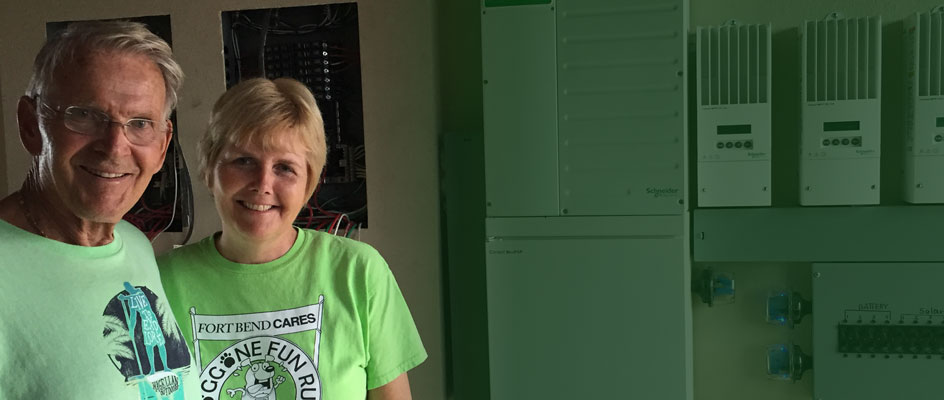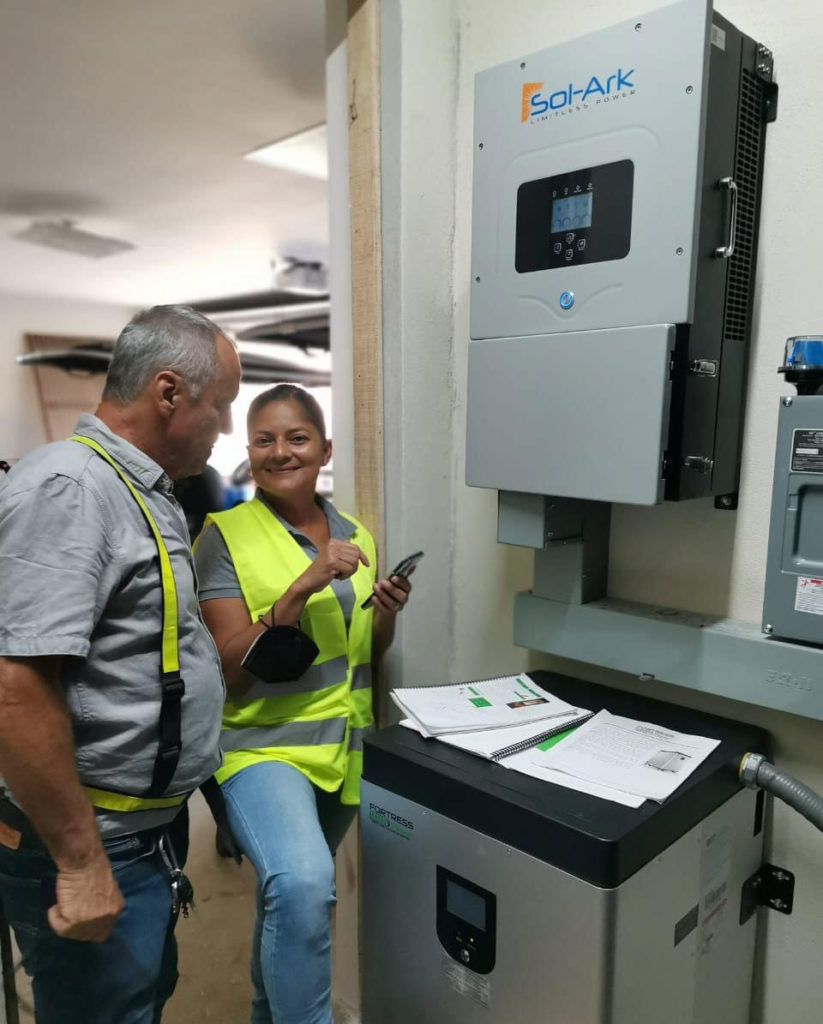
Frequently Asked Questions (FAQ)
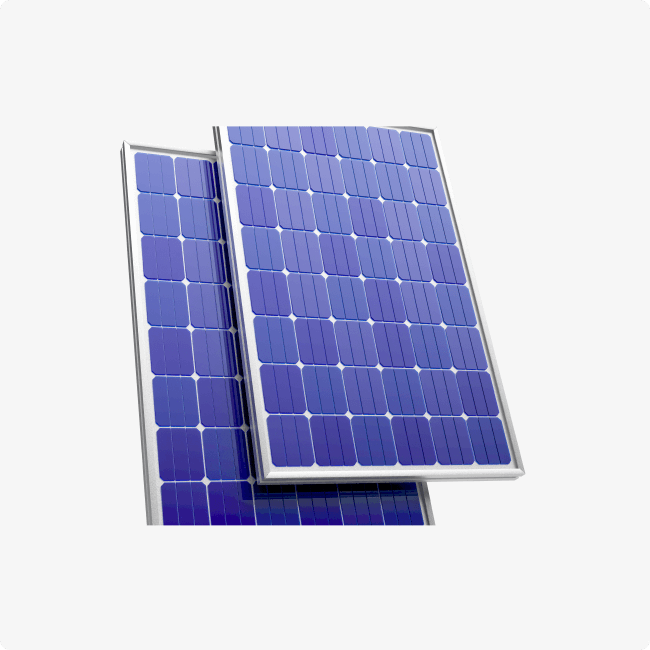
What are the advantages of a photovoltaic (PV) system ?
Reliability –Uninterrupted Power Supply (UPS). In effect, no blackouts due to power failures Durability –PV modules typically last 25 years. –Good batteries last 10 to 15 years. Low maintenance –Panels have to be cleaned twice a year. –Lithium batteries now on the market – 6000 cycles 90 % last 15 years! No fuel cost –No monthly bills. –No purchase, storage, or transportation costs for fuel. No Sound Pollution –PV systems operate silently. Safety –PV systems use no combustible fuels and are safe if properly designed and installed. Independence –PV systems allow users to live even in remote regions. –City dwellers gain independence from the grid.
Compared to the many advantages - the disadvantages are small
Initial Cost –PV systems are initially expensive. –To offset the high initial cost, some adjustments are necessary in home appliance selection. Reliance on the weather –PV systems require sunlight, which may not be available for stretches of time because of cloudiness. Energy Storage –PV systems usually require batteries to store energy for use when the sun is down. Batteries are bulky and increase the system’s size and complexity.
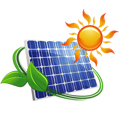
What are the components of a photovoltaic pystem?
Module Better known as a solar panel, it is a configuration of photovoltaic cells laminated and framed in the shape of a panel. Modules convert solar radiation into electricity. Array One or more modules with mounting hardware wired together at a specific voltage. Charge Controller A power conditioning device that regulates battery voltage. Battery A medium for storing direct current electrical energy so that the PV system can provide electricity at night or when it is cloudy. Inverter A device which changes direct current (DC) to alternating current (AC) to operate alternating current powered loads. DC Loads Appliances, motors, and equipment powered by DC. AC Loads Appliances, motors, and equipment powered by AC.
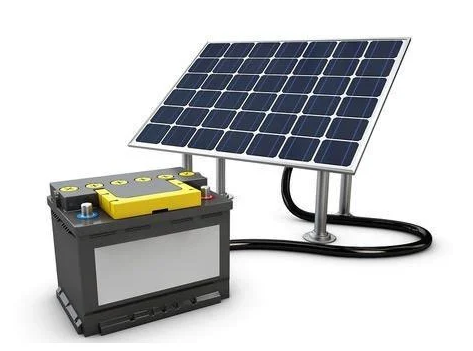
What is the difference between alternating current (AC) and direct current (DC)?
Alternating current has electron flow in both directions in a circuit. It is the type of electricity supplied by utility companies and the type that most home appliances operate on. AC was adopted ubiquitously because with its higher voltage it can be transported over long distances without losing much of its electrical energy. Direct current flows only in one direction and it is the type of electrical current produced by solar panels and batteries. DC cannot be transported far because of its lower voltage.
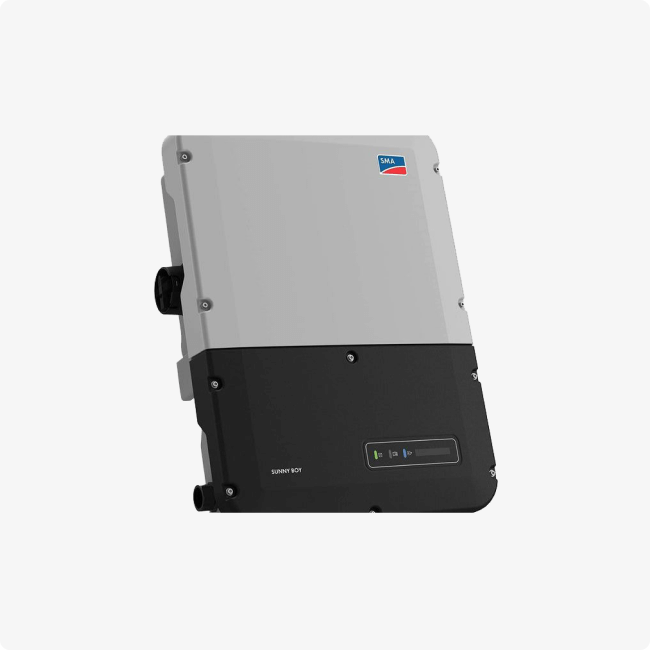
About Inverters
An inverter converts the DC from the panels into AC. Most home appliances run on AC. Therefore, one would not be able to use most home appliances without an inverter..
What kinds of PV systems are there?
There are several types of PV systems The day-use (or PV direct) system? The simplest, least expensive PV system is that designed to be used only during the day. This system consists of PV panels wired directly to a DC appliance. When the sun shines on the panels, the electricity generated is used simultaneously. Day use systems have no electrical storage capacity, therefore, they do not have the added expense of batteries and they operate only when the sun is shining. Day use systems water pumps are up to 2.5 times more efficient than normal AC pumps. Day use systems are an appropriate, cost effective option for loads operated only during the daytime. For example: Water pumping with a storage tank Water heating systems Daytime ventilation systems Pool pumps A DC system with storage batteries If a PV system is to operate when the sun is not shining, it needs a bank of batteries to store the solar energy for nighttime use or during cloudy weather. System loads can draw power from the batteries during the day or night and during clear or cloudy weather. This system’s components include panel(s) a charge controller, storage batteries, and the DC appliances that represent the system’s loads. Because this system’s loads are only DC, this system does not require an inverter to transform the DC current from the panels into the AC current required by AC loads. A DC system powering AC loads Most common appliances require alternating current to operate. So PV systems designed to power such appliances need an inverter to convert the direct current from the panels to the alternating current used by these appliances. Inverters provide convenience and flexibility in a PV system, but also add complexity and cost. However, AC appliances are mass produced and offer a greater number of choices at lower cost than DC appliances. The grid-tie system A grid-tie system is a private photovoltaic system that is tied to and generates energy for the electricity grid. Because it generates energy for a public utility, laws obligate the utility company to pay the grid-tie system owner for the energy produced. Therefore, grid-tie owners typically have considerably reduced monthly electricity bills. Grid-tie systems don’t require a battery bank because the grid provides energy at night. However, some grid-tie owners use a battery bank with their grid-tie system in order to have an uninterruptible power supply in case of grid blackouts.
What Our Clients Say
